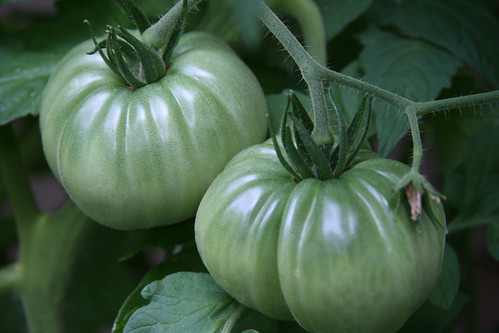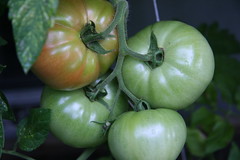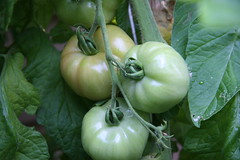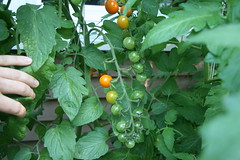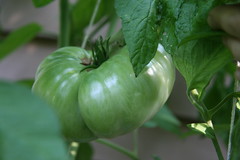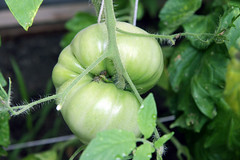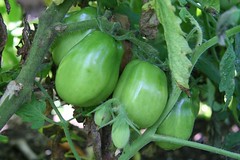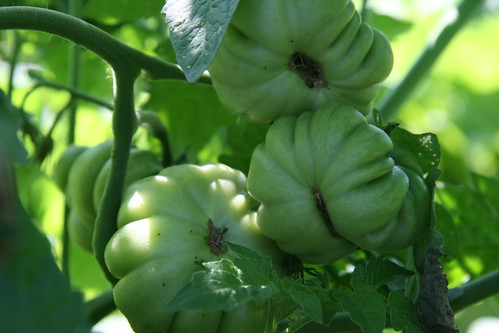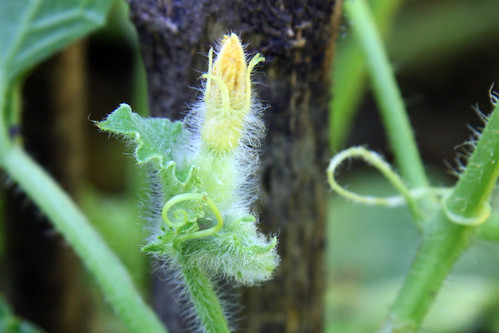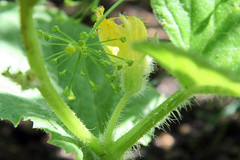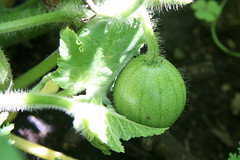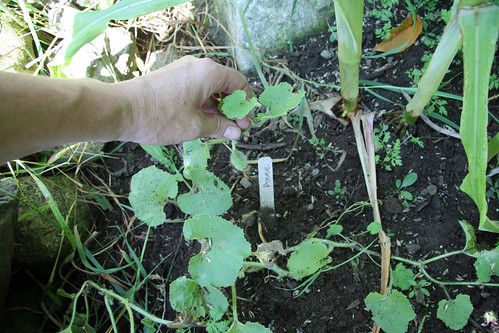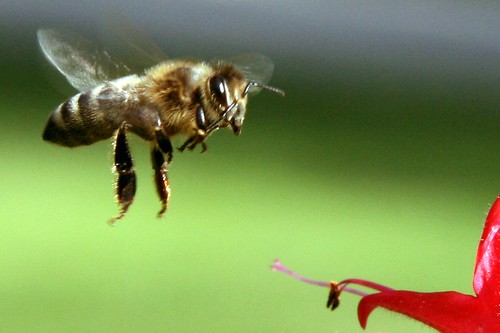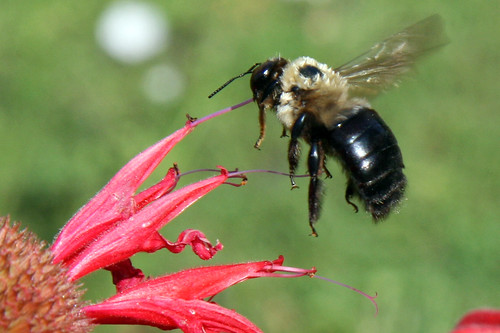
It’s a pretty little flower which has grown on our rockery for at least thirty years. It’s a hardy perennial which creeps along at ground level, is drought tolerant, grows happily in minimum soil in the cracks between the rocks, and in June/July puts out loads of daisy-like flowers from the rosettes of leaves. It also seeds easily - a couple of years ago I took some of the seeds home to grow on the balcony. I posted about it then in fact, but with only the seedling to go by, no-one managed to identify it. It did fine until the heat struck and then couldn’t take it.
But what is it? I’ve not been able to find it anywhere on the net or in gardening books. Any ideas? I’d love to resolve the mystery.
The garden is full of bulbs. Every time I turn over a forkful of soil it brings up loads of them. Many are just bulblets which are not yet ready for flowering, but I’m saving them all and dividing them into types. Most will go straight back into the garden when I’ve finished weeding the beds, but some will come back to Milan with me so that I can find out what they are.
One type is already sprouting. A lot of them were in the middle of the lawn. I have no idea how they got there or what they are, but I’ve dug them up and replanted them all together in the bed which I yanked all the borage out of the other day, in front of the daffodil bulbs. I hope they’ll go well together.
Another mystery plant growing in the lawn is undoubtedly a weed, but one I’ve not come across before. I dug it up thinking I’d find more bulbs, but no - there’s an ominous looking taproot. For the moment I’m going to have to ignore it. When the lawn is mowed it hardly notices, as it just looks like a thick leaved grass, but it grows at a rate of knots in comparison to the grass and soon becomes evident if you don’t go round it with the lawnmower frequently. It’s probably something I should be dealing with, but I’m afraid I don’t have time …

And then there’s this little plant which is almost as invasive as the borage which I talked about a couple of posts ago. It’s everywhere, including in the lawn, despite the fact that I thought I’d got rid of it last time I was here. I don’t actually mind it in the flower beds. Until I’ve got anything else to put there, it at least provides ground cover, and it’s better than grass or borage. But what is it? It has pretty, heart shaped leaves, a thickish root and produces purplish seed pods. I took a few of them back to Milan two years ago, but couldn’t get them to germinate. Ironic, as they clearly self seed like crazy here. I’ve never seen it in flower - if there are flowers of any note they must bloom at a time of year when I’m never here.

So - if you have any ideas about any of them, please let me know so I can take them off the UFO list. I’m sure that really they all have a rational explanation…
















